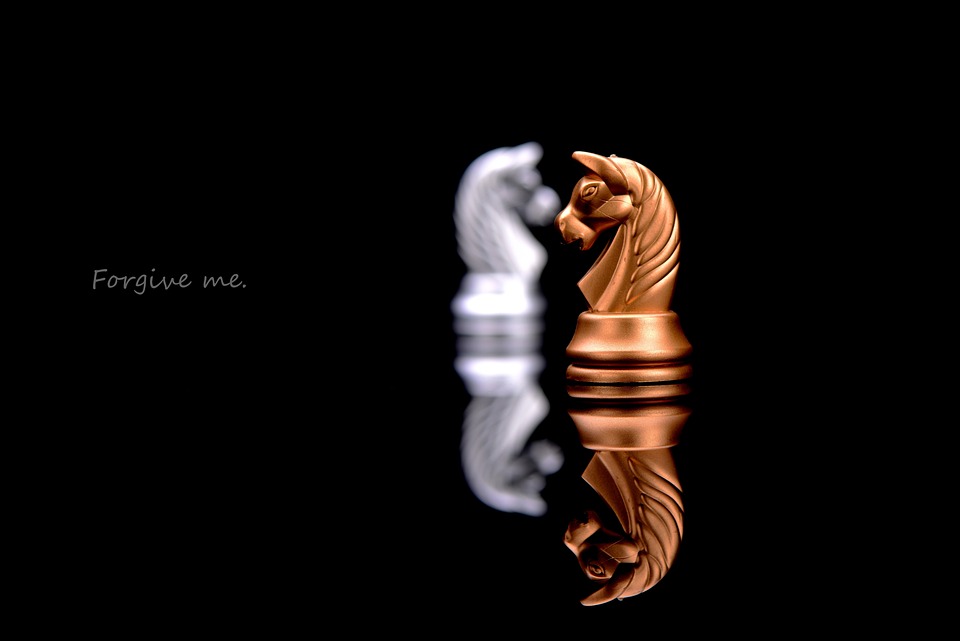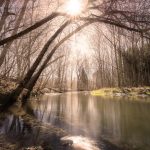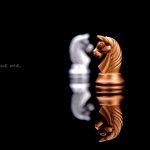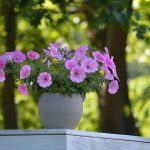Season s wrinkles — a short introduction to this piece.
Season s wrinkles: Quick Notes
The Alchemy of Light and Leaves: Crafting Visual Stories Through the Season’s Wrinkles
The rustle of autumn leaves and the slow melt of winter snow whisper secrets of time etched into the landscape. Each crinkle in the soil, each curl of vines spiraling toward the sky, holds a story waiting to be seen. To dwell in these nuances is to embrace what we call visual stories—the poetry encoded in nature’s textures, the quiet dialogue between light and shadow, and the unspoken grammar of seasonal transitions. To see these stories is to remember that beauty often lies not in the bold statement but in the delicate curves of a decaying fern, the quiet resilience of moss on stone, or the way morning frost gilds spiderwebs with glass.
This is the art of noticing: of training the eye to read the world like a diary left open to pages written by the wind.
The Language of Wrinkles in Nature
Wrinkles are the universe’s way of folding time into small spaces. In the forest, they appear as the labyrinthine folds of a mushroom’s underside, the creases in a maple leaf’s veins, or the intricate cracks in tree bark. These textures are not accidents—they are stories carved by elements, evolution, and patience. To observe them is to witness the dialogue between matter and energy, the quiet negotiations of sunlight, water, and seasons.
Practically, this observation can translate into mindful design. Consider a wallpaper pattern inspired by lichen growth, or a ceramic bowl glazed with ash-toned hues mimicking forest moss. Such creations become more than objects; they are vessels for quiet reflection, steeped in the language of nature’s wording.
Explore ideas tagged with nature-knits to deepen your appreciation for textures that speak to the soul.
Seasonal Rituals: Weaving Stories into Everyday
The seasons are not just changes in temperature but invitations to recalibrate our relationship with time. Autumn asks us to collect fallen leaves as a language of gratitude; spring urges us to sketch blooming patterns as if they were ancient runes. These acts transform mere observation into ritual—a bridge between the external world and inner clarity.
- The Autumn Archive: Each fall, gather leaves, seed pods, and feathers into a journal. Arrange them on a flat surface and note their textures, colors, and decay patterns. This practice trains the eye to see impermanence as beauty.
- Spring Unfolding: Before the first bud bursts, create a sketch series of the bare branches in your yard. Revisit them weekly to document their transformation.
Symbolic of quiet-time principles, such rituals anchor us to the present, grounding modern chaos in the steady rhythm of growth and renewal.
For deeper exploration, discover seasonal moods in quiet-time here.
Eco-Friendly Design: Letting Sustainability Speak
Visual storytelling need not rely on synthetic materials. A hand-carved wooden comb, its grooves echoing the lines of pine needles, or a rug woven from repurposed textile scraps dyed with beetroot and turmeric, whispers of resourcefulness. These choices reject waste, celebrate craftsmanship, and root creativity in the earth’s palette.
A cabin-charm—a term often reserved for rustic simplicity—can be mirrored in micro-dwellings: a windowsill herb garden, a hammock strung between oaks, or a quilt sewn from salvaged flannel. Such eco-touches transform living spaces into extensions of the natural world, where every detail hums with purpose.
Mindful Discipline: The Art of Seeing Slowly
To walk through a forest without checking the time, to linger over a single flower for ten minutes, is to embrace what the French call flâneurage—the joyful act of strolling without haste. This disciplined curiosity sharpens perception, allowing us to mine deeper meaning from the mundane.
Try this exercise: Choose a single plant—its leaves, stems, or roots—and examine it daily for a week. Document how light plays across its surface, how its form shifts with the breeze. This ritual, inspired by jungle-aesthetics, dismantles the habit of superficial scanning, replacing it with a language of slow, deliberate noticing.
The Hidden Curriculum of the Lodge Living Mentality
In mountain villages, homes often feature large windows to frame vistas of forest and stone. This isn’t mere design—it’s a philosophy. Lodge living prioritizes flora in every choice: stone textures, reclaimed wood beams, and hearths that burn sustainably harvested firewood. The idea? To make interiors mirrors of the wild, where every material choice honors the earth.
At home, emulate this by selecting natural materials. A linen curtain, a wool throw, or a clay pot become acts of solidarity with ecosystems. When you choose locally sourced over shipped-in decor, you’re not decorating—you’re participating.
Conclusion: Stories Etched in the Wrinkles
The forest does not ask for trophies. It asks for attention. Its wrinkles are not accidents; they are the marks of a planet learning to remember how to care. By weaving these lessons into our daily rhythms—through mindful design, symbolic rituals, and eco-friendly choices—we become living chapters in nature’s eternal storybook.
So, when you next step outside, let your gaze linger. Find the wrinkles. Listen to their language.
Find inspiration in cabin-charm and mountain-view to deepen your connection to these timeless truths.
Season s wrinkles appears here to highlight key ideas for readers.














**Beneath the Loam’s Cloth**
Veins of amber thread the soil,
where roots hum hymns of rain.
Their whispers coil in shadowed furrows,
a lullaby of cracked time.
Stone whispers secrets,
to the moss that bleeds green,
and the wind stitches tales
in the dust of barren year.
Each grain holds a parable—
of water’s marriage to earth,
of seeds that remember
the weight of winter’s womb.
—
*(A meditation on the land’s quiet arithmetic)*
Ah, the roots hum their hymns, the stones their secrets—how the land stitches time into soil, wind, and breath. A sacred arithmetic.